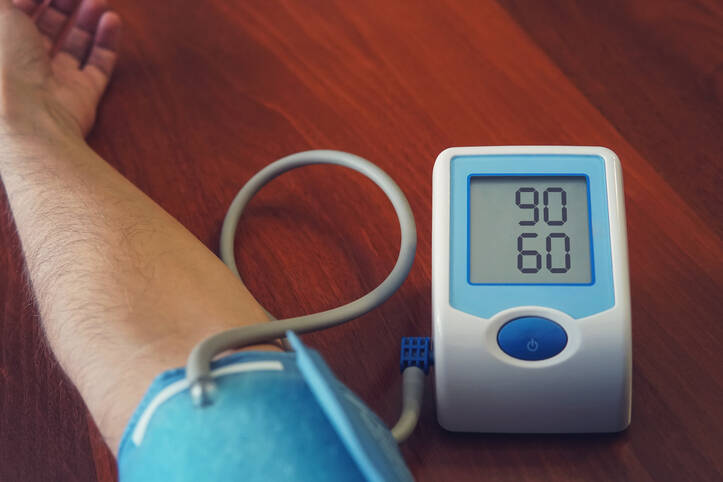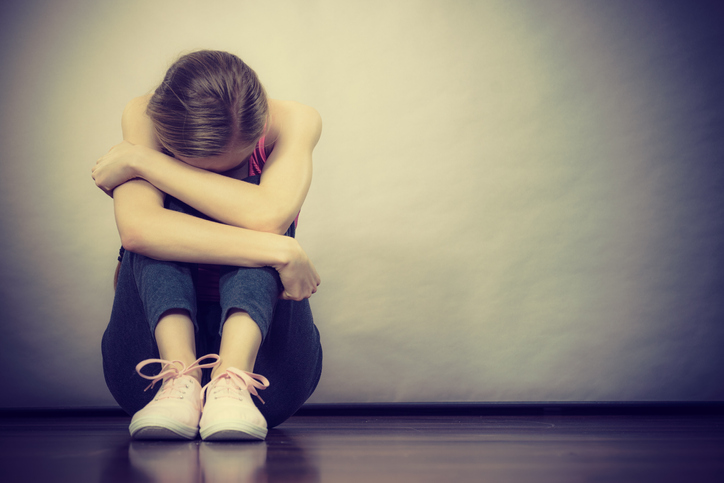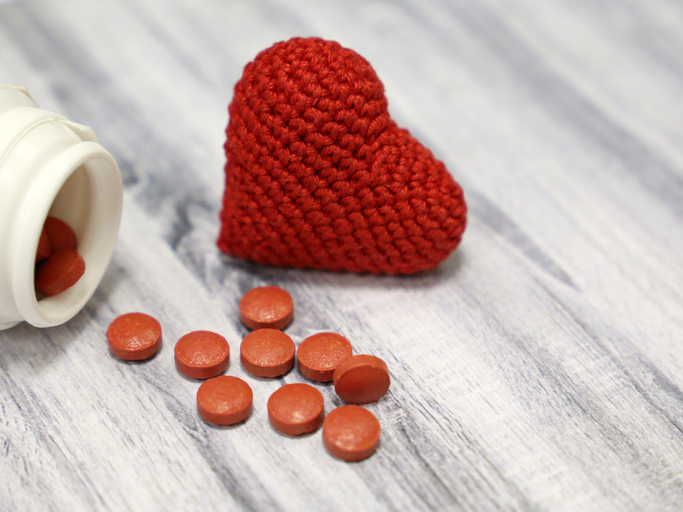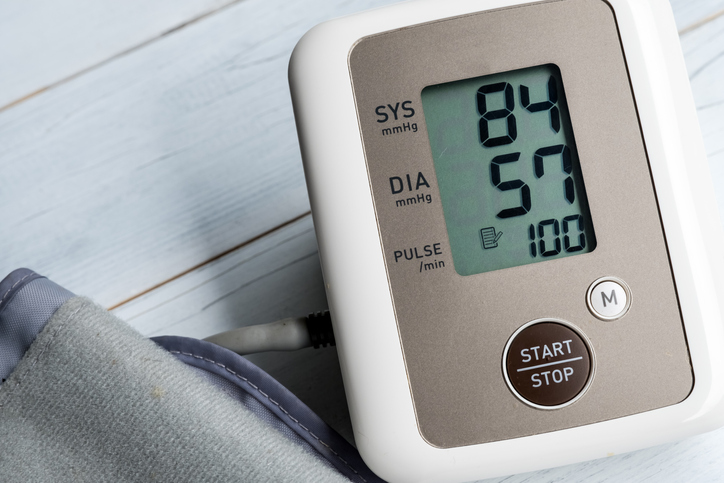- Costanzo, Linda S. (March 15, 2017). Physiology. Preceded by: Costanzo, Linda S. (Sixth ed.). Philadelphia, PA. ISBN 978-0-323-51189-6.
- "High Blood Pressure Fact Sheet|Data & Statistics|DHDSP|CDC". www.cdc.gov. 2019-01-09.
- "Diseases and Conditions Index – Hypotension". National Heart Lung and Blood Institute. September 2008.
- Mayo Clinic staff (May 23, 2009). "Low blood pressure (hypotension) — Definition". MayoClinic.com. Mayo Foundation for Medical Education and Research.
- Flynn, Joseph T.; Kaelber, David C.; Baker-Smith, Carissa M.; Blowey, Douglas; Carroll, Aaron E.; Daniels, Stephen R.; Ferranti, Sarah D. de; Dionne, Janis M.; Falkner, Bonita; Flinn, Susan K.; Gidding, Samuel S. (2017-09-01). "Clinical Practice Guideline for Screening and Management of High Blood Pressure in Children and Adolescents". Pediatrics. 140 (3)
- Mayo Clinic staff (May 23, 2009). "Low blood pressure (hypotension) — Causes". MayoClinic.com. Mayo Foundation for Medical Education and Research.
- "What Are the Signs and Symptoms of Hypotension?". nhlbi.nih.gov. National Institutes of Health.
- Haseer Koya, Hayas; Paul, Manju (2021), "Shock", StatPearls, Treasure Island (FL): StatPearls Publishing
- Kalkwarf, Kyle J.; Cotton, Bryan A. (December 2017). "Resuscitation for Hypovolemic Shock". The Surgical Clinics of North America. 97 (6): 1307–1321.
- Bett, Glenna C. L. (1 May 2016). "Hormones and sex differences: changes in cardiac electrophysiology with pregnancy". Clinical Science. 130 (10): 747–759.
- Oparil, Suzanne; Acelajado, Maria Czarina; Bakris, George L.; Berlowitz, Dan R.; Cífková, Renata; Dominiczak, Anna F.; Grassi, Guido; Jordan, Jens; Poulter, Neil R.; Rodgers, Anthony; Whelton, Paul K. (22 March 2018). "Hypertension". Nature Reviews. Disease Primers. 4: 18014.
- Vieth, Julie T.; Lane, David R. (December 2017). "Anemia". Hematology/Oncology Clinics of North America. 31 (6): 1045–1060.
- "How a Vitamin B Deficiency Affects Blood Pressure". LIVESTRONG.COM.
- Tewelde, Semhar Z.; Liu, Stanley S.; Winters, Michael E. (February 2018). "Cardiogenic Shock". Cardiology Clinics. 36 (1): 53–61.
- Bornstein, Stefan R.; Allolio, Bruno; Arlt, Wiebke; Barthel, Andreas; Don-Wauchope, Andrew; Hammer, Gary D.; Husebye, Eystein S.; Merke, Deborah P.; Murad, M. Hassan; Stratakis, Constantine A.; Torpy, David J. (February 2016). "Diagnosis and Treatment of Primary Adrenal Insufficiency: An Endocrine Society Clinical Practice Guideline". The Journal of Clinical Endocrinology and Metabolism. 101 (2): 364–389.
- Laurent, Stéphane (October 2017). "Antihypertensive drugs". Pharmacological Research. 124: 116–125.
Low blood pressure: Why does it occur, what are its symptoms? How to treat hypotension?

Photo source: Getty images
Most common symptoms
- Malaise
- Sweating
- Headache
- Spirituality
- Head spinning
- Double vision
- Tinnitus
- Twinkles before the eyes
- Low blood pressure
- Tingling
- Concentration disorders
- Tremor
- Cold extremities
- Muscle weakness
- Fatigue
- Anxiety
- Blurred vision
- Deterioration of vision
- Accelerated heart rate
Show more symptoms ᐯ
How to treat hypotension? Medications for low pressure + lifestyle changes and first aid
Show moreHypotension is treated by
Hypotension is examined by
Other names
hypotension, postural hypotension, low blood pressure.














